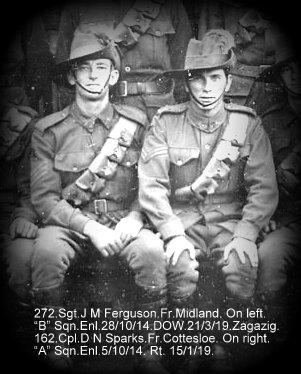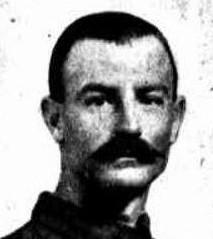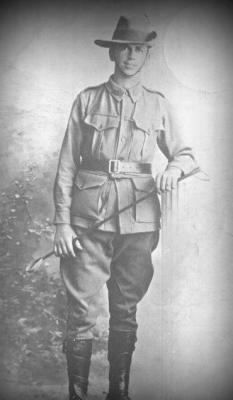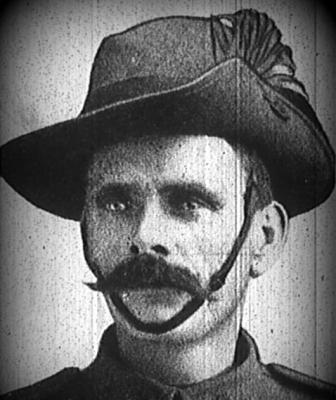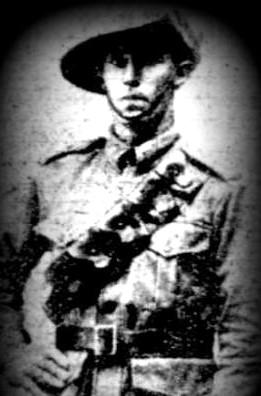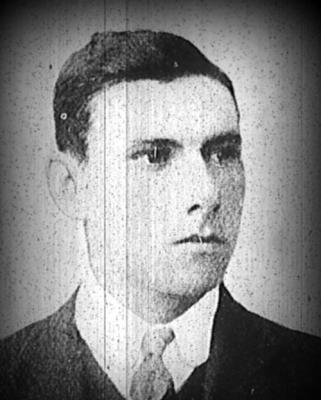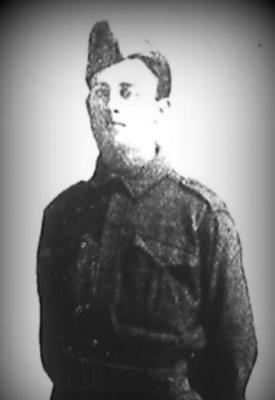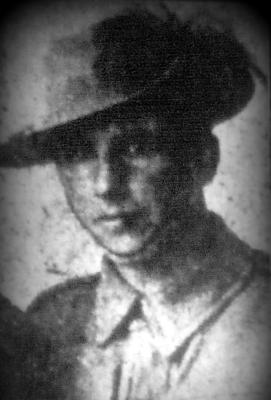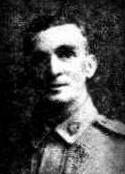Medical Evacuation Chain - World War 1 - Auxilliary Hospital
If a soldier suffered a 'blighty' wound, this meant that after treatment at a base hospital, he would be transported back to the UK by a hospital ship for further care. Australian troops typically embarked in France at the ports of Rouen and Le Havre and arrived at Southampton. During World War I, around 250,000 Australian troops were treated at a hospital in the UK.
In 1916, the AIF created several auxiliary hospitals to give medical care to their troops. After being transported to a British hospital in the UK, patients were transferred to an Australian auxiliary hospital as the final part of their treatment before moving to a command depot. As soldiers entered the auxiliary hospital system, they received their initial classification. This decided if they would be returned to duty or invalided home. No 1 and No 3 Australian Auxiliary Hospitals dealt with those soldiers deemed able to return to duty. Staff undertook surgical work linked to getting soldiers back to the front. Staff at No 2 Australian Auxiliary Hospital focused on work to ensure patients could be transported back to Australia. As part of this, No 2 Australian Auxiliary Hospital specialised in fitting artificial limbs.
Details
Details
During World War I, the Australian Imperial Force (AIF) suffered 58,339 deaths and 151,948 wounded. To help deal with so many injured and sick soldiers, the Australian Army Medical Corps was expanded. Australian soldiers served. They also worked in Australian hospitals for returned soldiers. Separate entries cover the Regimental Aid Post, the Field Ambulance, Casualty Clearing Stations, Base Hospitals (General, Stationary and Auxiliary), Command Depots and Convalescent Depots, Ambulance Trains, Ambulance Barges, Hospital Ships
The medical evacuation chain and medical services are presented in a separate section of the World War 1 Galleries. Artefacts relating to medical services, the treatment of wounds, casualty recovery are also found throughout the Galleries. Individual stories of doctors, nurses, stretcher bearers are also found throughout the Museum. The Prisoner of War Gallery highlights the degree of medical improvisation and professional skills that saved many lives on the Thai Burma Railroad.
Australian Army Museum of Western Australia
Australian Army Museum of Western Australia
Other items from Australian Army Museum of Western Australia
- Medical Evacuation Chain - World War 1 - Command Depots
- World War 1, Australia, Western Australia, 272 FERGUSON, 10 Light Horse
- World War 1, Australia, Western Australia, 275 GILBERT, 10 Light Horse
- World War 1, Australia, Western Australia, 276 GREEDY, 10 Light Horse
- World War 1, Australia, Western Australia, 277 GORRINGE, 10 Light Horse
- World War 1, Australia, Western Australia, 279 HUTTON, 10 Light Horse
- World War 1, Australia, Western Australia, 285 HANN, 10 Light Horse
- World War 1, Australia, Western Australia, 286 HACKETT, 10 Light Horse
- World War 1, Australia, Western Australia, 287 HAMMOND, 10 Light Horse
- World War 1, Australia, Western Australia, 290 HILL, 10 Light Horse
- World War 1, Australia, Western Australia, 291 HEBITON, 10 Light Horse
- World War 1, Australia, Western Australia, 293 HAMPSHIRE, 10 Light Horse
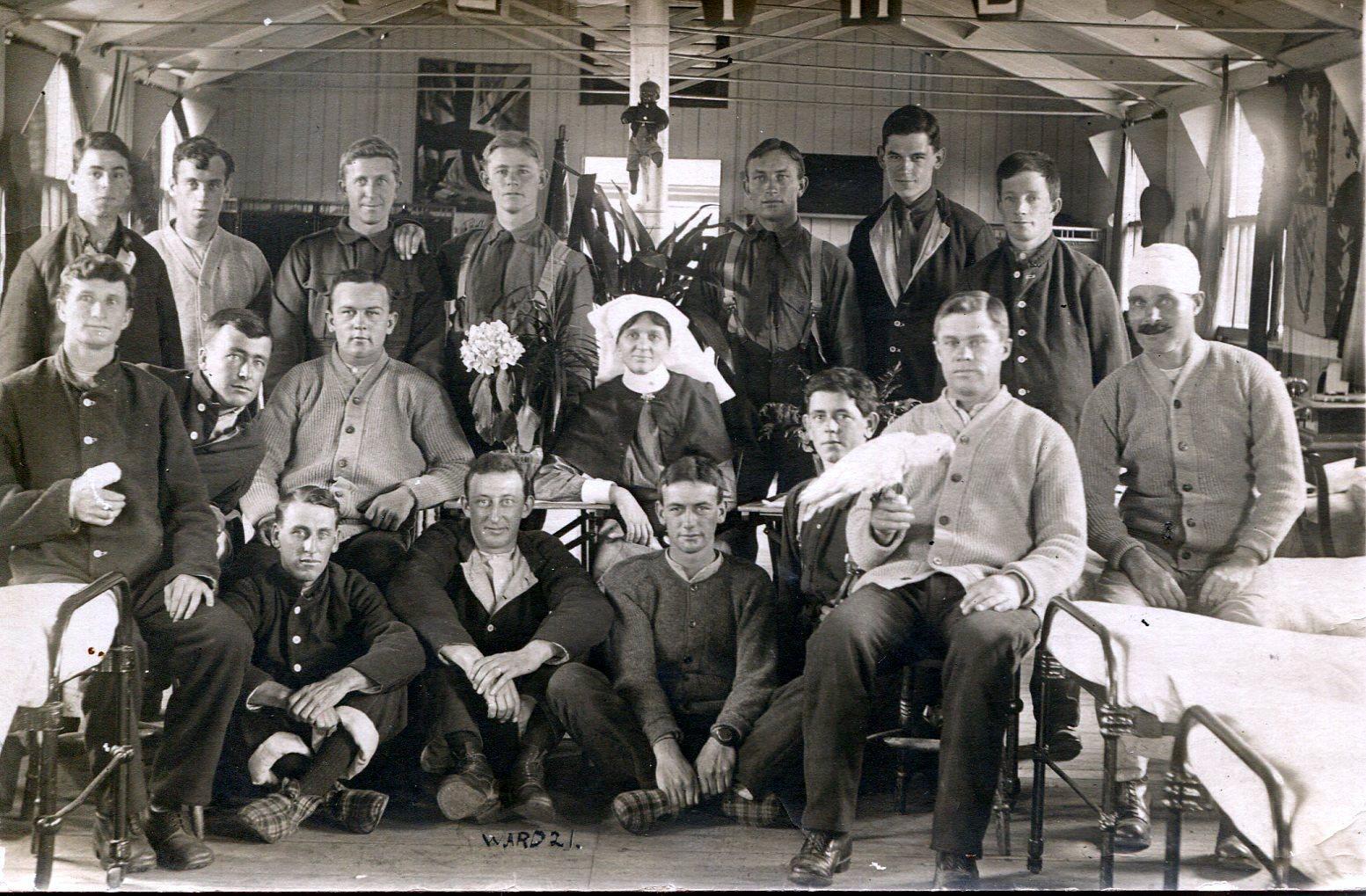
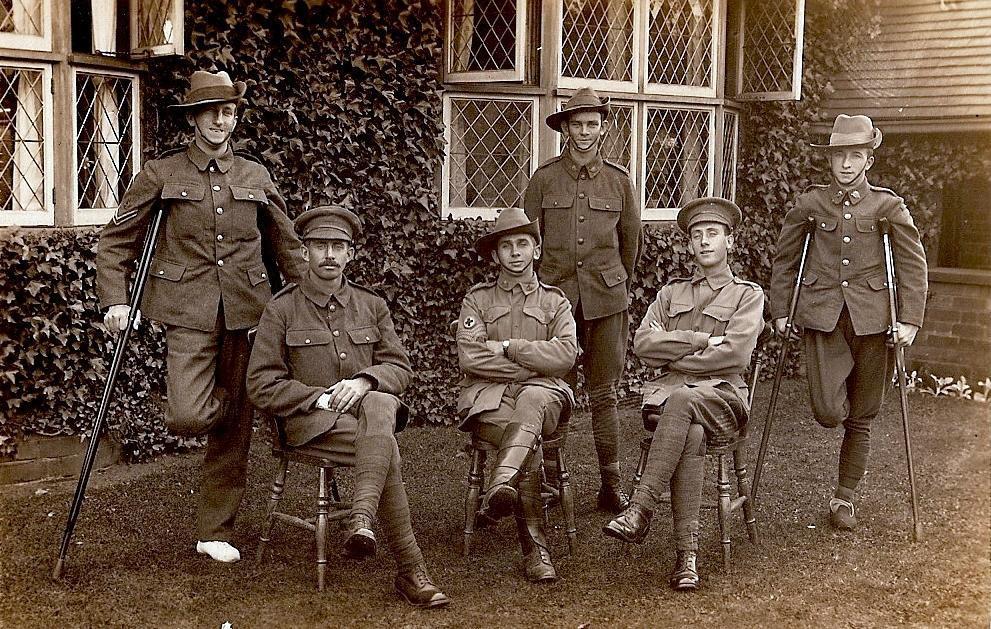
Scan this QR code to open this page on your phone ->


